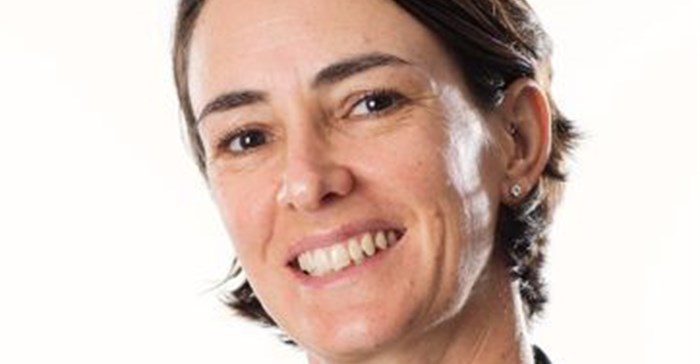Covid-19 has exposed several contradictions in regulations about how healthcare professionals can practise telemedicine while still obtaining patients’ informed consent – in writing, Technology has provided a solution.

Stephanie Esterhuyse, consultant, litigation practice, Bowmans.
“While telemedicine may be a lifeline for practitioners and patients alike during these times of social distance and self-isolation, it has been an area fraught with regulatory pitfalls and seemingly conflicting guidelines,” says Stephanie Esterhuyse, consultant in the litigation practice at Bowmans.
These contradictions have now been resolved, she says, paving the way for the legitimate delivery of services such as Hello Doctor and Dr Connect, which certain medical schemes are offering free to the South African public during the lockdown. “Health practitioners and providers will still need to proceed with caution, however, especially around the question of written informed consent.”
Overcoming regulatory hurdles
Esterhuyse says telemedicine in the context of Covid-19 has encountered two major regulatory hurdles. The first was that before telemedicine could be practised, there had to be a face-to-face consultation with the patient. This was according to the ethical guidelines set by the Health Professions Council of South Africa (HSPCA).
Furthermore, a health practitioner could only practise telemedicine – or telehealth, as the HSPCA calls it – if an established practitioner-patient relationship existed between them.
“There can be no doubt that this is anachronistic during the current Covid-19 crisis,” says Esterhuyse.
Recognising this, the HSPCA has, since the start of the pandemic in early March 2020, adjusted its stance several times on the necessity for an initial in-person consultation and the existence of an established practitioner-patient relationship.
“On 26 March 2020, the HSPCA did away with the requirement for face-to-face consultation but continued to insist on an established practitioner-patient relationship, except for telepsychology and telepsychiatry,” says Esterhuyse.
That requirement, too, fell away recently when, after discussions with the various professional boards, the HSPCA announced a change for the duration of the lockdown. “Although it still prefers telehealth to be practised when there is an established practitioner-patient relationship, this is no longer a prerequisite, provided the telehealth consultations are done in the best clinical interests of the patient.”
In particular, the HSPCA warned practitioners against over-servicing and supersession (taking over another practitioner’s patient without due process).
That left the last remaining hurdle: the matter of a practitioner obtaining written informed consent before using telehealth to treat a patient.
Electronic means enable written consent
“This is where the Act governing electronic communications provides a useful framework,” says Esterhuyse, in a reference to the Electronic Communications and Transactions Act 25 of 2002 (ECTA). The Act makes it possible for health practitioners and providers to comply with the requirements where consent is required in writing, or in any event deemed to be preferable in writing, by electronic means.
“Section12 of the ECTA stipulates that an “in writing” requirement is lawfully met where the document or information is in the form of a data message and is accessible in a manner usable for subsequent reference.
“Data message’ is widely defined by the ECTA as data generated, sent, received or stored by electronic means and includes a voice, where the voice is used in an automated transaction and a stored record. This could apply to consent given over the telephone or via WhatsApp, Zoom or a similar platform.
“Electronic signatures are also legally recognised. In the absence of an agreement to the contrary, an electronic signature by a patient is sufficient if one is able to identify the patient and the patient’s consent is apparent and as reliable as if it were taken in person and in writing.”
Records must be kept
She recommends that practitioners using telemedicine should keep records of having obtained informed consent. If possible, existing consent forms should be updated to include the use of electronic means.
“In essence, practitioners can, lawfully and ethically, by way of email, WhatsApp or use of any similar form of electronic communication, obtain a patient’s consent as well as a patient’s written informed consent. As a result, telehealth can come into its own as a way to minimise disease transmission during unprecedented health events such as the Covid-19 pandemic,” she says.










